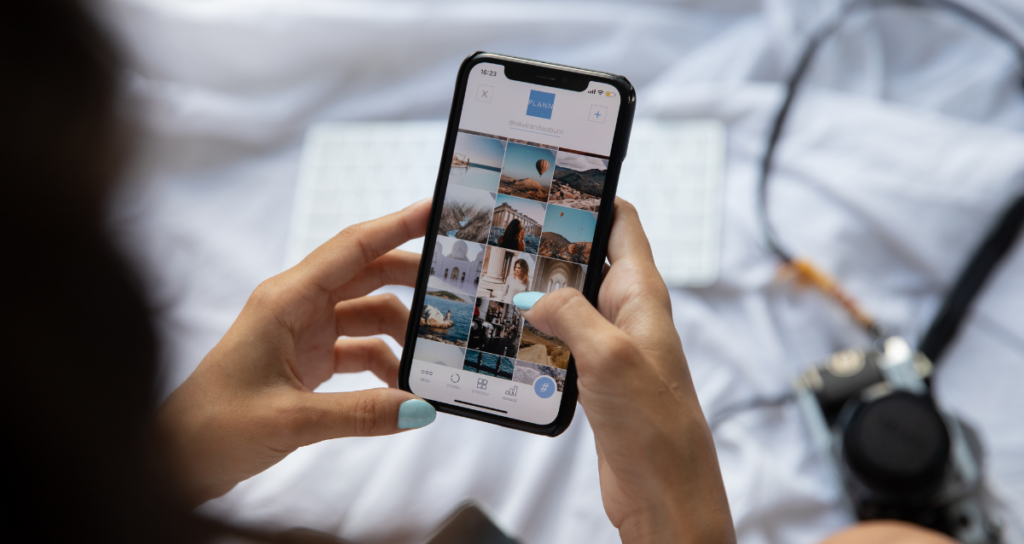In the world of business collaborations, partnerships are often forged with the aim of mutual benefit. However, the balance of benefits isn’t always equal. In this case, let’s delve deeper into the collaboration between the iconic K-pop group BLACKPINK and Cotton On, a popular Australian fashion retailer. We’ll assess who’s winning and who’s winning less in this collaboration that has captured the attention of both the fashion and music worlds.

The “Gives” of Both Sides
YG Entertainment (BLACKPINK’s Manager)
In this collaboration, YG Entertainment, the agency that manages BLACKPINK, brings much more to the table than just the branding of the immensely popular K-pop group. It’s crucial to recognize that YG Entertainment has invested years in training, nurturing, and promoting BLACKPINK. The agency has played a pivotal role in shaping BLACKPINK’s image and global appeal.
Beyond branding, YG Entertainment’s investment includes extensive training, grooming, and the production of hit songs and music videos. BLACKPINK’s rise to stardom is the result of meticulous planning and resource allocation by YG Entertainment. Therefore, their contribution to this collaboration goes beyond mere branding—it’s the culmination of years of hard work and financial investment.
Cotton On
On the other side of the partnership, Cotton On provides its expertise in manufacturing and retail knowledge. While this may not seem as glamorous as the world of entertainment, it’s a crucial component of the fashion industry. Cotton On’s role involves manufacturing the BLACKPINK merchandise, managing the production process, and overseeing logistics.
Additionally, Cotton On brings its retail expertise to the table. This includes managing in-store foot traffic, visual merchandising, and creating an appealing in-store experience. Cotton On’s contribution extends far beyond merely producing clothing; it encompasses the end-to-end retail process.

The “Gains” of Both Sides
YG Entertainment
From YG Entertainment’s perspective, this collaboration likely translates into a substantial financial gain. This aligns with the typical business model of artist agencies in the entertainment industry. These agencies invest in the training, development, and promotion of artists and then reap the rewards when those artists achieve stardom.
In the case of BLACKPINK, the group’s immense popularity not only results in concert ticket sales and music streaming revenue but also opens the doors to lucrative collaborations like the one with Cotton On. This financial gain is often a primary motivation for artist agencies, and it explains why artists often sign lengthy contracts with their management.
Cotton On
Cotton On’s gains from this collaboration are not limited to revenue generated from product sales, although that is undoubtedly a significant aspect. More importantly, Cotton On stands to benefit from a substantial increase in in-store foot traffic and brand visibility.
When BLACKPINK merchandise is released in Cotton On stores or online, it tends to generate considerable hype and excitement among fans. This anticipation often leads to lines forming outside of stores, creating a sense of “hunger marketing.” Passersby, curious about the buzz, are drawn into the stores, even if they weren’t initially planning to shop. This influx of potential customers presents a golden opportunity for Cotton On to showcase its broader product offerings and potentially convert casual shoppers into loyal customers.
Smart Logistic Arrangements
Cotton On’s strategic decision to release BLACKPINK merchandise one day before the group’s concerts is a testament to the careful planning behind this collaboration. While this tight schedule demands additional logistics and in-store arrangements, it leverages the phenomenon of fans eagerly lining up outside stores.
These lines of excited fans create a sense of urgency and exclusivity, drawing in even more shoppers. The buzz and anticipation generated by these lines not only lead to increased merchandise sales but also elevate the overall shopping experience. It’s a savvy marketing move that maximises the impact of the collaboration.

The advantages of collaboration
Collaboration is a powerful and multifaceted approach that brings several benefits to individuals, organisations, and even entire industries. Here are some of the key advantages of collaboration:
Enhanced Creativity and Innovation
Collaboration often involves individuals with diverse backgrounds, skills, and perspectives coming together to solve problems or create something new. This diversity of thought and expertise fosters a fertile ground for creativity and innovation. By pooling their knowledge and experiences, collaborators can generate fresh ideas and novel solutions that may not have been possible in isolation.
Diverse Perspectives
Collaborative teams typically consist of individuals with different backgrounds, cultures, and experiences. This diversity of perspectives can lead to well-rounded decision-making and problem-solving. It helps to avoid groupthink and encourages critical evaluation of ideas from various angles.
Resource Sharing
Collaboration allows for the sharing of resources, whether they are physical assets, technology, or intellectual property. This can lead to cost savings and more efficient resource utilisation. Organisations can pool their resources to achieve common goals or access capabilities that they may not possess individually.
Risk Mitigation
When organisations collaborate, they can share risks and responsibilities. If one party encounters challenges or setbacks, others can step in to provide support or alternative solutions. This risk-sharing aspect of collaboration can be particularly valuable in complex projects or ventures.
Increased Market Reach
Collaborations can expand market reach and access new customer segments. By partnering with complementary businesses or individuals, organisations can tap into existing networks and customer bases. This can lead to increased sales, brand exposure, and market penetration.
Collaboration offers a wide range of benefits, from fostering creativity and innovation to enhancing efficiency, expanding knowledge, and mitigating risks. Whether at the individual, organisational, or industry level, collaboration is a strategic tool that can drive growth, competitiveness, and success.
The Ultimate Winner
In this collaboration between BLACKPINK and Cotton On, it’s clear that Cotton On emerges as the ultimate winner. While YG Entertainment undoubtedly benefits financially, this collaboration is just one part of the revenue generated from its artists. For Cotton On, on the other hand, this collaboration represents not only a boost in product sales but also a strategic realignment of its brand with the target audience from its product pricing strategy.
This partnership allows Cotton On to tap into the immense popularity of BLACKPINK, attracting a younger, trend-conscious demographic to its stores. It’s a win-win for both sides, but the transformational impact on Cotton On’s brand and customer base makes it the standout victor in this collaboration.
In the world of business collaborations, each party brings its unique strengths to the table, and success often hinges on how effectively those strengths are leveraged. In the case of BLACKPINK and Cotton On, the collaboration has proven to be a strategic masterstroke for both parties, with Cotton On reaping significant benefits while adding a dash of K-pop glamour to its brand.
























